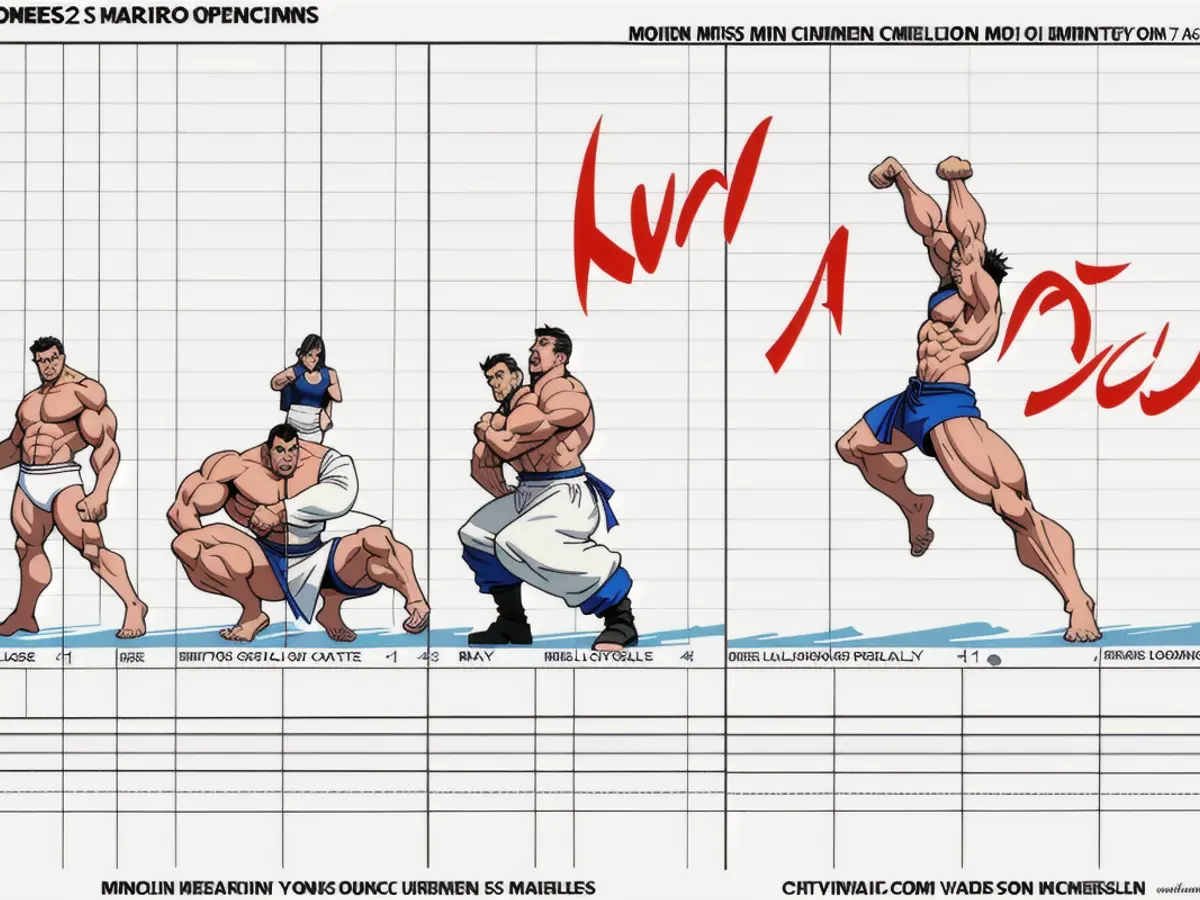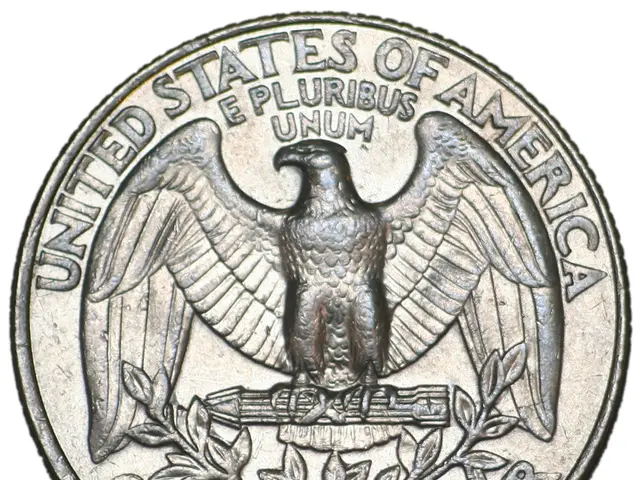Five particular shares have dipped beneath their 200-day moving averages.
Below the 200-day moving average is a red flag for investors who monitor price charts. It signifies a change in the longer-term direction, from upward to downward, not only for stocks but for bonds, oil, gold, currencies, and generally, any asset that can be charted. While other elements of price movement influence buying and selling decisions, this indicator is a reliable signal of potential problems, regardless of their nature.
A dip below the 50-day moving average serves as a shorter-term warning, but a fall below the 200-day requires substantial selling and can serve as a serious wake-up call.
5 NYSE Stocks Currently below Their 200-day moving averages.
*American International Group (AIG)*.

AIG has dipped below the 200-day moving average for three consecutive months in December. It previously dropped below this line during August, September, and October. Following these drops, rallies did occur, but this current slump appears deeper.
AIG is a diversified insurance company with a market capitalization of $45.93 billion and is a component of the S&P 500. The stock is trading at 1.03 times its book value, with a price-earnings ratio of 20. Aig pays a 2.15% dividend, and the short float stands at 1.60%.
*Goodyear Tire (GT)*.

After plummeting in early August and hitting a low in September, the stock briefly rose above the 200-day moving average for around four sessions. However, in December, it has retreated below this line and has remained so for the past five sessions.
GT is a Russell 2000 component and a name-brand auto parts company with a market capitalization of $2.88 billion. It trades at only 61% of its book value and has a forward price-earnings ratio of 6.82. Goodyear's debt is twice its shareholder equity.
*Navient (NAVI)*.

The stock has spent most of the year trading below the 200-day moving average while experiencing short-lived rallies that pushed it above this line. It has again fallen below it in December.
NAVI is a credit services company with a market capitalization of $1.62 billion and is a Russell 2000 component. It has a price-earnings ratio of 21 and is trading at a 40% discount to its book value. The debt-to-equity ratio is 18, and NAVI pays a 4.25% dividend, with a short float of 8%.
*Omnicom Group (OMC)*.

In December, OMC fell below the 200-day moving average on heavy volume and has been trading below it with three consecutive monthly closes below the red line. However, the price appears to be stabilizing now.
OMC is a group of advertising agencies with a market capitalization of $18.09 billion. It has a price-earnings ratio of 12 and a debt-to-equity ratio of 1.96. OMC pays a 3.20% dividend, and the short float is 5.95%.
*Varonis Systems (VAR)*.

The VAR stock managed to close above the 200-day moving average every month from January to November, except for two. A brief rally in November pushed it above the 200-day, but it has now closed below this line for the past three consecutive sessions.
The software company has a market capitalization of $5.40 billion, is a Russell 2000 component, and has no price-earnings ratio as it does not report earnings. VAR has a debt-to-equity ratio of 1.76, and its short float represents 9.99% of its outstanding shares.
Disclosure: The author is paying off a college loan from Navient.
Stats courtesy of FinViz.com. Charts courtesy of Stockcharts.com.
Further analysis and commentary at johnnavin.substack.com.
- The debt-to-equity ratio of Omnicom Group (OMC) is 1.96, indicating a certain level of financial leverage.
- Navient (NAVI), a credit services company, currently has a debt-to-equity ratio of 18, highlighting its high leverage compared to its equity.
- The price-earnings ratio (P/E) of Varonis Systems (VAR), a software company, is not reported due to non-reporting of earnings, but it has a debt-to-equity ratio of 1.76.
- The price-earnings ratio (P/E) of Goodyear Tire (GT) is 6.82, suggesting a relatively inexpensive stock considering its earnings potential.
- Omnicom Group (OMC) is trading at a price-earnings ratio (P/E) of 12, which is lower than the S&P 500's average P/E ratio, suggesting potential value in the stock.






